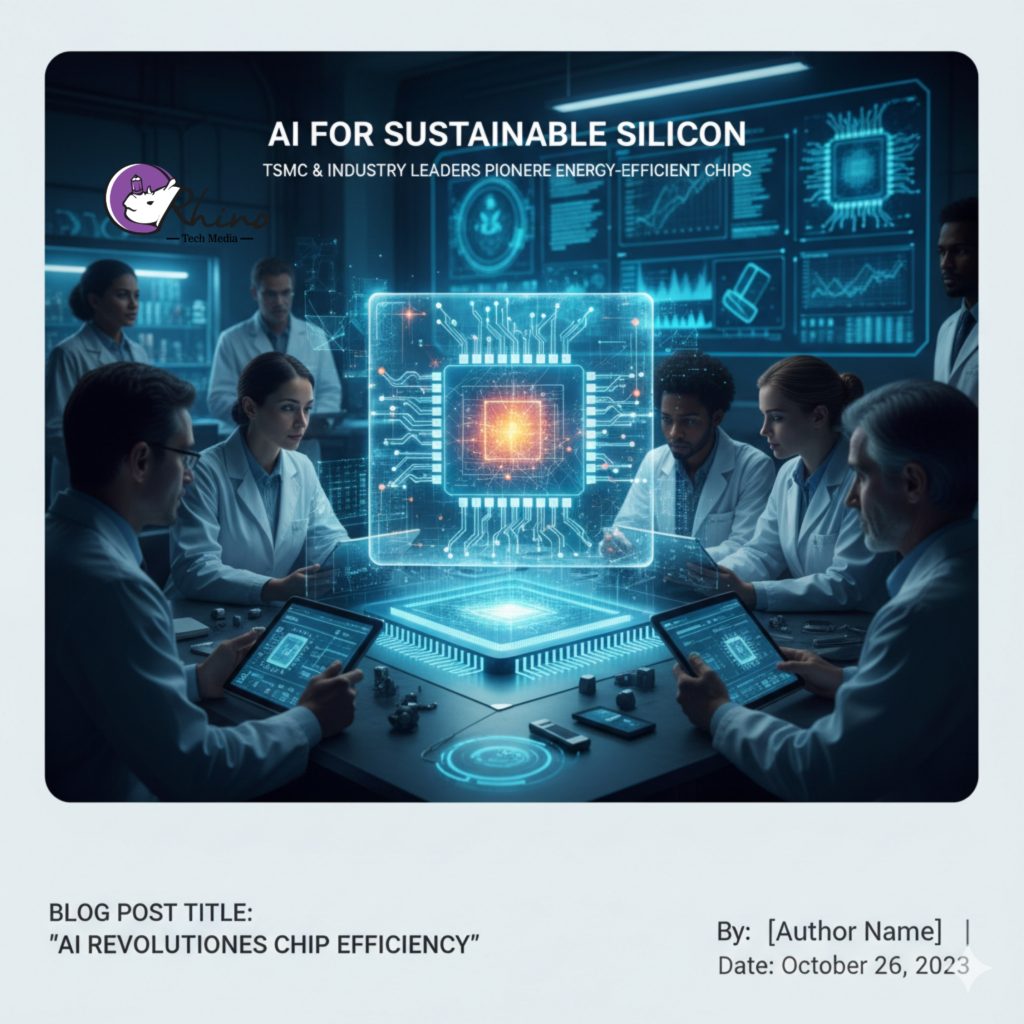AI for Chip Energy Efficiency
The semiconductor industry stands at the heart of the digital age, powering everything from smartphones to data centers. Yet, as computing demand surges, so too does energy consumption. With the rise of artificial intelligence (AI), both as a technology to be powered and as a tool for design, semiconductor companies are increasingly turning to AI-driven methods to make chips more energy-efficient. Leaders such as Taiwan Semiconductor Manufacturing Company (TSMC) and global chip design firms are pioneering this transformation, using AI not just in the end products but in the very process of designing, fabricating, and optimizing integrated circuits.
The Energy Challenge in Chip Design
The exponential growth of computing has been fueled by Moore’s Law, which enabled smaller, faster, and cheaper chips for decades. However, as transistor scaling approaches physical limits, improving energy efficiency has become a critical challenge. Data centers, for instance, consume vast amounts of electricity, with AI training workloads alone demanding megawatts of power. Similarly, mobile devices need efficient chips to balance performance with battery life. Traditional chip design techniques, while powerful, are reaching diminishing returns in optimizing energy usage. This is where AI has emerged as a game-changer.
AI as a Design Assistant
AI is being deployed to accelerate chip design through Electronic Design Automation (EDA) tools. Machine learning algorithms can predict optimal layouts, reduce power leakage, and fine-tune circuit configurations. By analyzing vast design datasets, AI can quickly identify energy bottlenecks that would take human engineers months to uncover. TSMC, for example, integrates AI models into its process optimization workflows to minimize power loss during manufacturing. Similarly, chip design firms like NVIDIA, AMD, and Synopsys use reinforcement learning and neural networks to create circuits that require fewer transistors for the same performance, cutting down on energy consumption.
AI in Manufacturing Optimization
Beyond design, AI also enhances semiconductor manufacturing efficiency. Semiconductor fabrication involves thousands of process steps, each with opportunities for energy waste. By deploying AI-driven predictive analytics, manufacturers can monitor equipment health, optimize material usage, and fine-tune energy-intensive processes like lithography and etching. TSMC leverages AI to improve yield rates, ensuring fewer defective chips and, consequently, less wasted energy in production. This manufacturing intelligence contributes to sustainability goals while reducing operational costs.
Smarter Chips for Smarter Devices
Interestingly, AI is also enabling the design of chips that are themselves better at running AI models efficiently. Specialized AI accelerators such as Google’s TPU, Apple’s Neural Engine, and NVIDIA’s tensor cores incorporate AI-informed design principles that emphasize energy-per-operation improvements. These chips can handle machine learning tasks with significantly lower energy overhead compared to traditional CPUs or GPUs. The self-reinforcing cycle—using AI to design chips that run AI more efficiently—is accelerating progress toward sustainable computing.
The Road Ahead
While the integration of AI in chip energy optimization is still evolving, the trajectory is clear. Semiconductor leaders see AI not as a supplement but as a central tool in next-generation design and fabrication. The industry’s focus is shifting toward domain-specific architectures, energy-aware designs, and automated optimization pipelines powered by AI. At the same time, collaboration between chipmakers, design software companies, and cloud providers will be essential to push the boundaries of efficiency.
Conclusion
AI has become an indispensable ally in the quest for chip energy efficiency. From design automation to manufacturing optimization, AI is transforming how semiconductors are created and operated. Companies like TSMC exemplify how the integration of AI can reduce energy waste and extend the possibilities of chip performance. As demand for computing power grows, the symbiosis between AI and semiconductors will play a decisive role in ensuring that the digital future is not only powerful but also sustainable.

